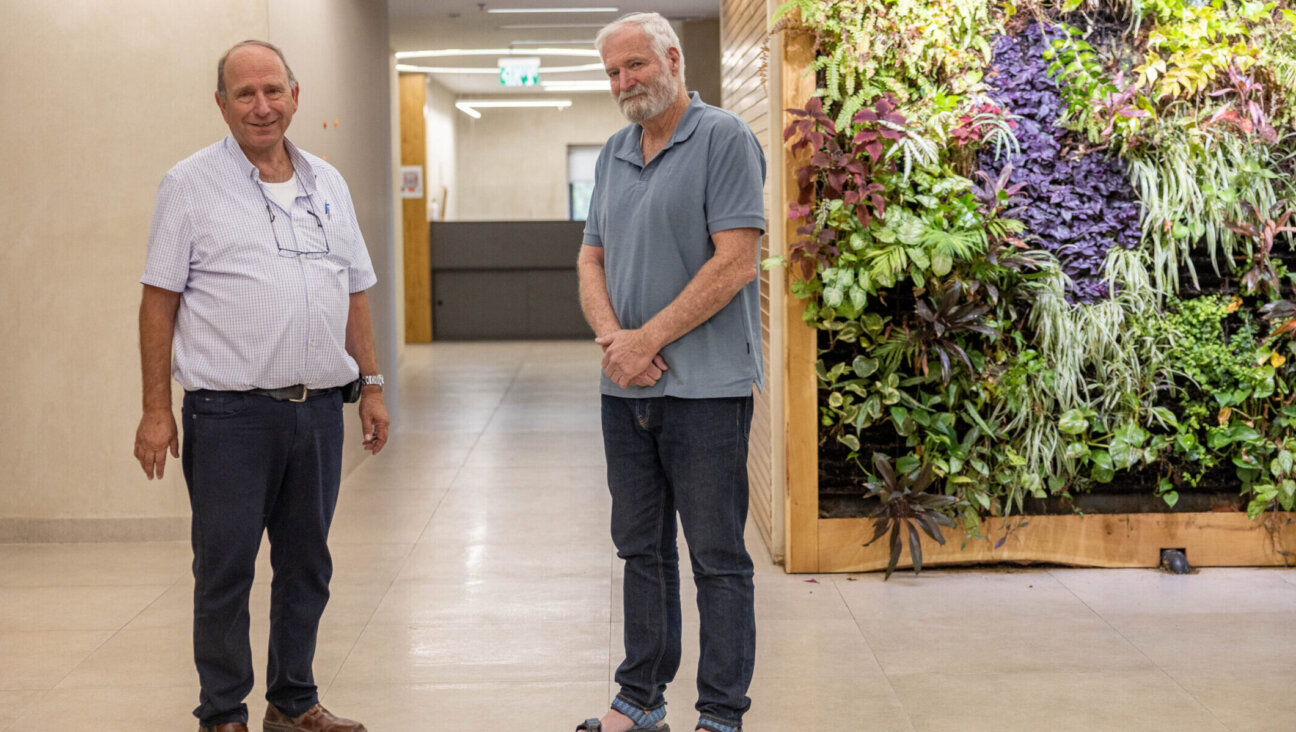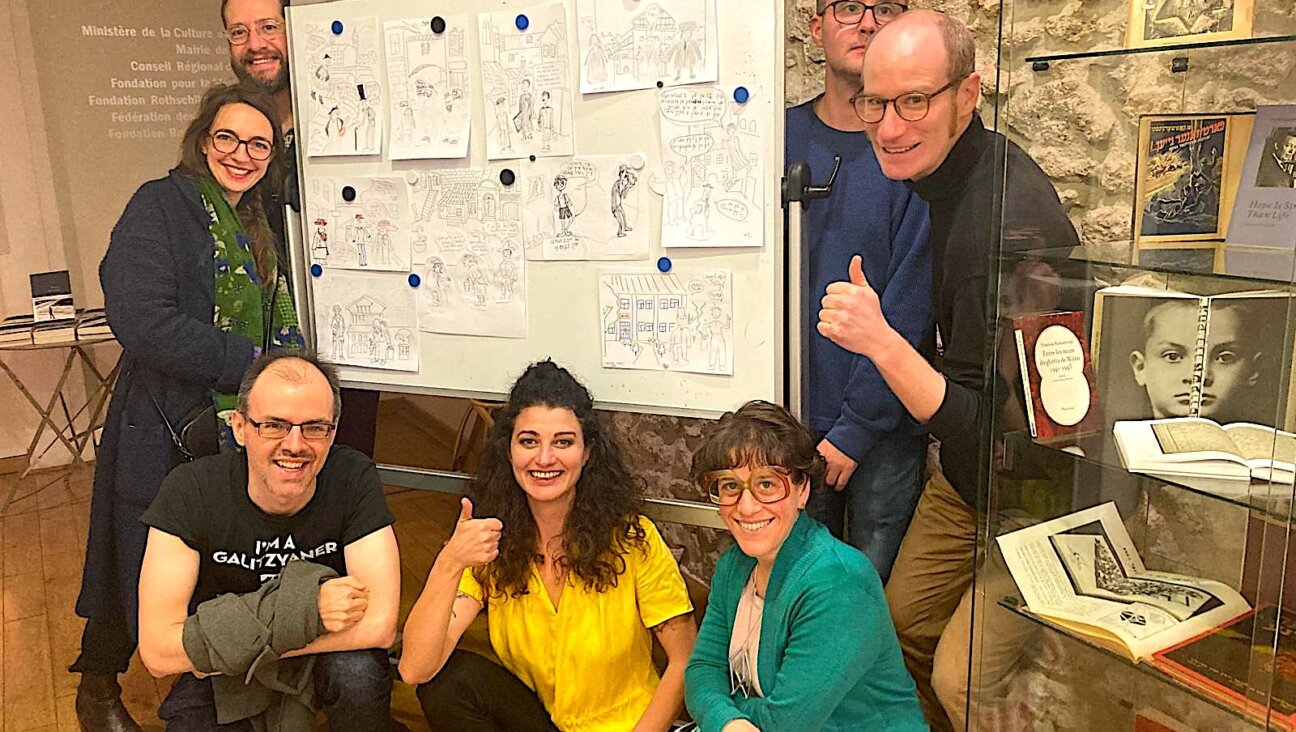Bridging the Generations
Every Wednesday after school, Jeremy Koegel’s mother drops him off at the Workmen’s Circle/Arbeter Ring in Los Angeles for his 3:30 bridge class. The teenage card whiz drops his backpack to the floor and takes his place among a roomful of fellow bridge enthusiasts — all significantly his senior.
But age is not the only factor that sets Jeremy apart in these surroundings: He’s the teacher.
A slight 15-year-old with a towering Jewfro and an easy smile, Koegel came up with the idea of teaching bridge as way to fulfill his parents’ requirement that he perform some kind of community service. After a failed attempt at an old-age home — the people “were a bit senile,” he said — Koegel, per his mother’s suggestion, proposed the class to the Workmen’s Circle, a left-of-center organization that focuses on Yiddish culture.
Eric Gordon, director of the Workmen’s Circle, was at first skeptical about hiring a high school sophomore to teach bridge, but “as soon as you start with the game and the teaching and the blackboard — the age factor just disappears,” he said. “It just evaporates.”
Indeed, having a teenager teach old-timers even has some advantages.
Bridge students Judy Waxman and Joan Grossman, both in their 60s, told the Forward that older teachers often lack the patience necessary for the task. Koegel, on the other hand, is a natural teacher, they said. Waxman called the class “serendipity,” and Grossman said that she “would be proud to call [Koegel] ‘grandson.’”
The class is held in the Workmen’s Circle’s gallery room, where the students watch as Koegel scribbles hypothetical bridge games on a moveable chalkboard. He stops frequently to field students’ questions.
Teaching bridge comes naturally for the teenager, who has been playing since he was 6 — competitively since he was 9. At 12, he received the American Contract Bridge League’s Preteen Scholarship Award — a 10-year maturity $5,000 certificate. Koegel said that when he plays bridge, he “enters a zone and the rest of the world doesn’t exist.”
For the seniors in the class, playing bridge is attractive for its own reasons. It offers them a social outlet and a form of cognitive stimulation that is said to boost memory. Gordon said he was excited about bringing in Koegel, because bridge helped keep his own mother’s mind alert as she aged.
The question of memory is clearly important to Koegel’s students, but not only for the reasons that one might expect. The real trick to succeeding at bridge, Grossman said, is “to play with someone with a memory worse than yours.”
A message from our CEO & publisher Rachel Fishman Feddersen

I hope you appreciated this article. Before you go, I’d like to ask you to please support the Forward’s award-winning, nonprofit journalism during this critical time.
We’ve set a goal to raise $260,000 by December 31. That’s an ambitious goal, but one that will give us the resources we need to invest in the high quality news, opinion, analysis and cultural coverage that isn’t available anywhere else.
If you feel inspired to make an impact, now is the time to give something back. Join us as a member at your most generous level.
— Rachel Fishman Feddersen, Publisher and CEO
























